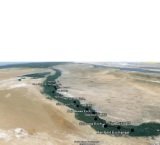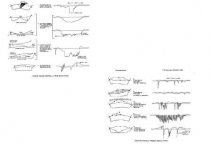Dear All,
I have cases of unstable link?s performance due the RSL variation (up/down) is severe and higher than fade margin
link RSL varaite from normal 39 to -80 threshold during unstabilty time and has impacted performance DEM fail,RX fail,BER alarms
Problem:
Outage of MW radio links due to suddenly weather change
Expected reason:
There is a season when microwave fails in Egypt is in February and between April to October 2009 special July/Aug
Suggest proposal:
As I know applying antenna inclination if no
Deploying Space diversity as last resort
Would someone please advise on how normally we could controlled those instability links ?
I have cases of unstable link?s performance due the RSL variation (up/down) is severe and higher than fade margin
link RSL varaite from normal 39 to -80 threshold during unstabilty time and has impacted performance DEM fail,RX fail,BER alarms
Problem:
Outage of MW radio links due to suddenly weather change
Expected reason:
There is a season when microwave fails in Egypt is in February and between April to October 2009 special July/Aug
Suggest proposal:
As I know applying antenna inclination if no
Deploying Space diversity as last resort
Would someone please advise on how normally we could controlled those instability links ?


